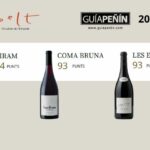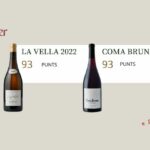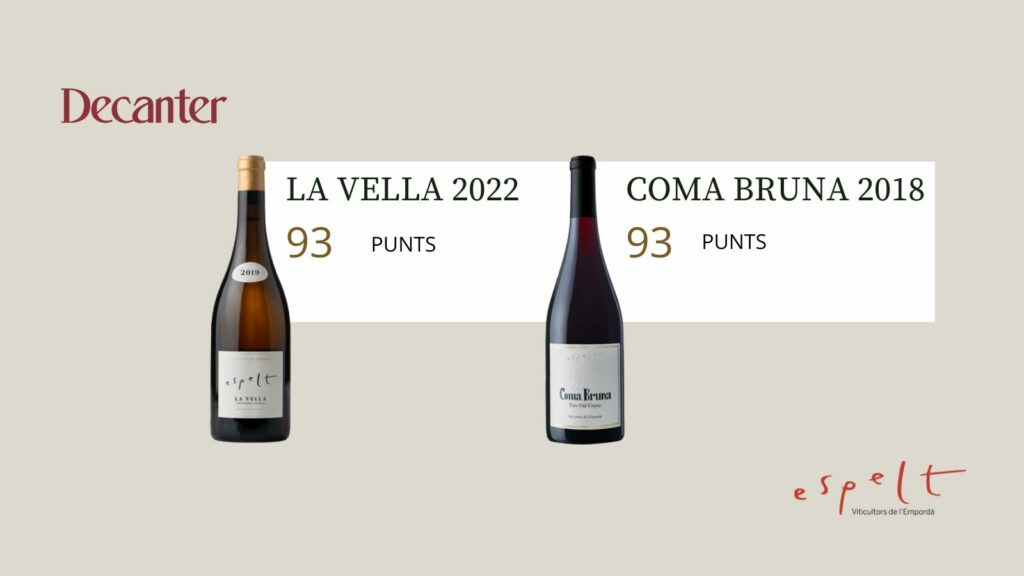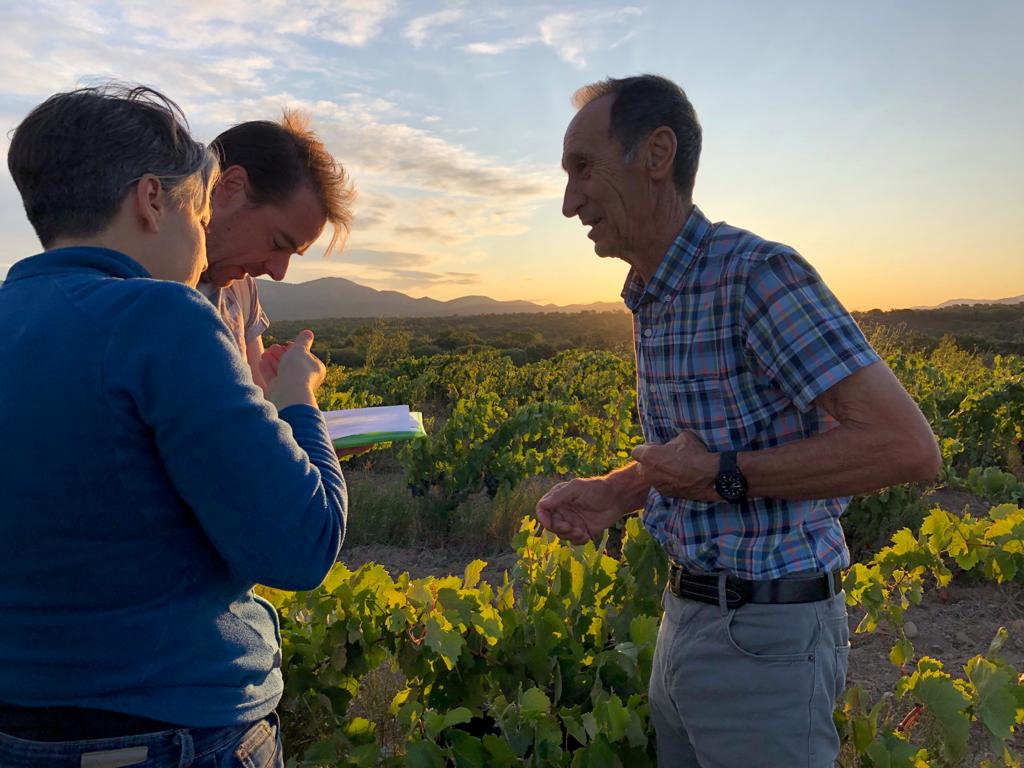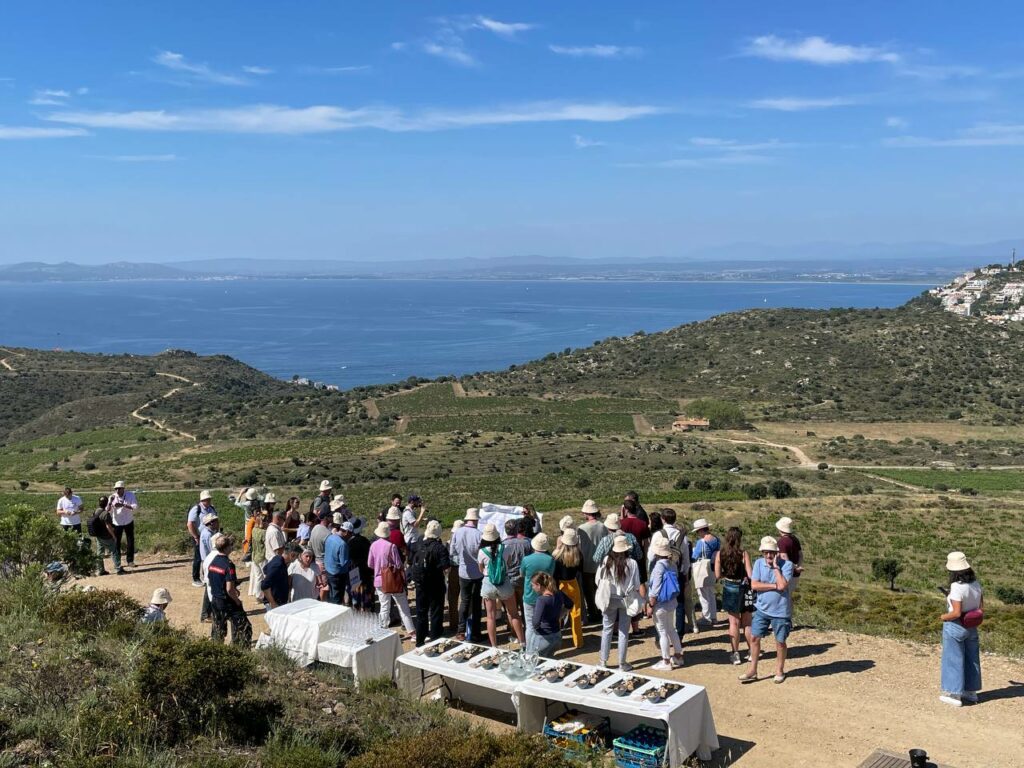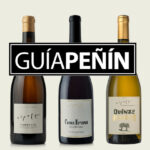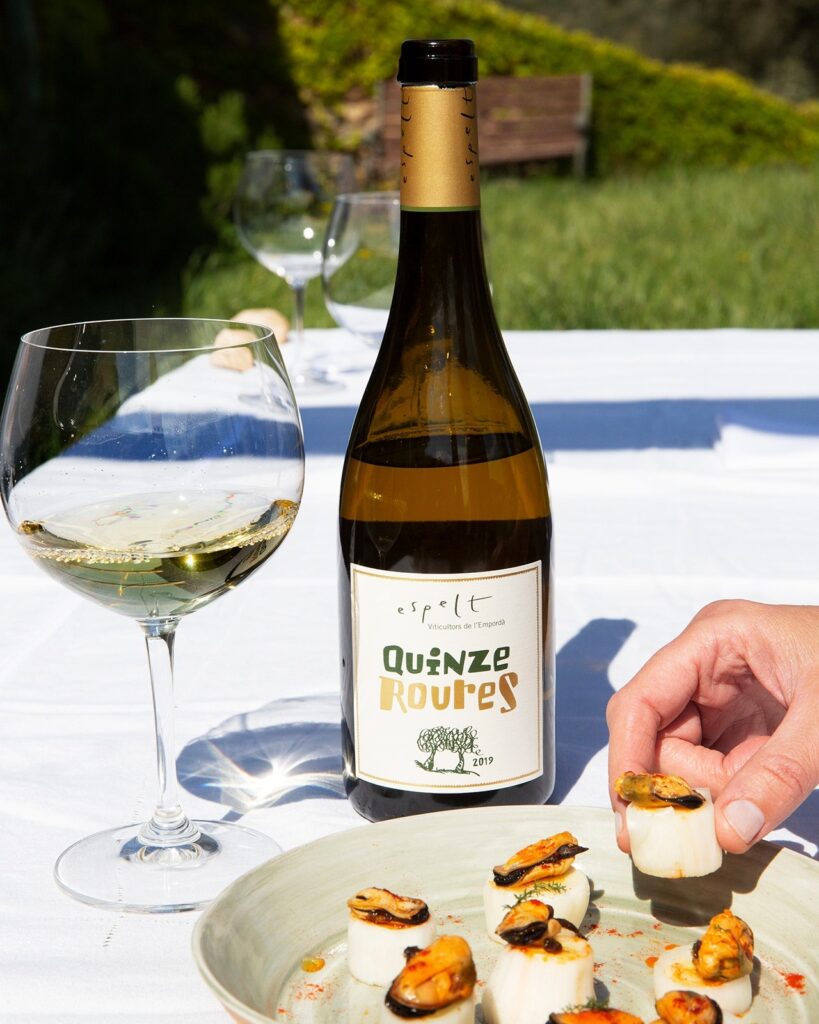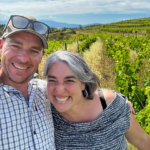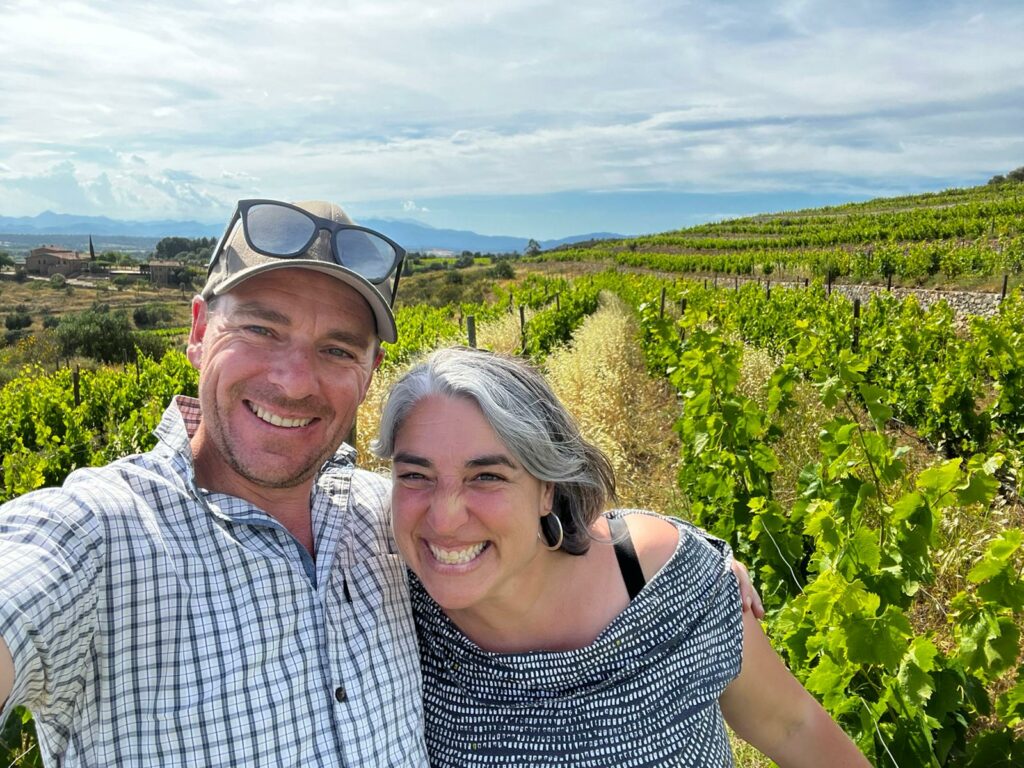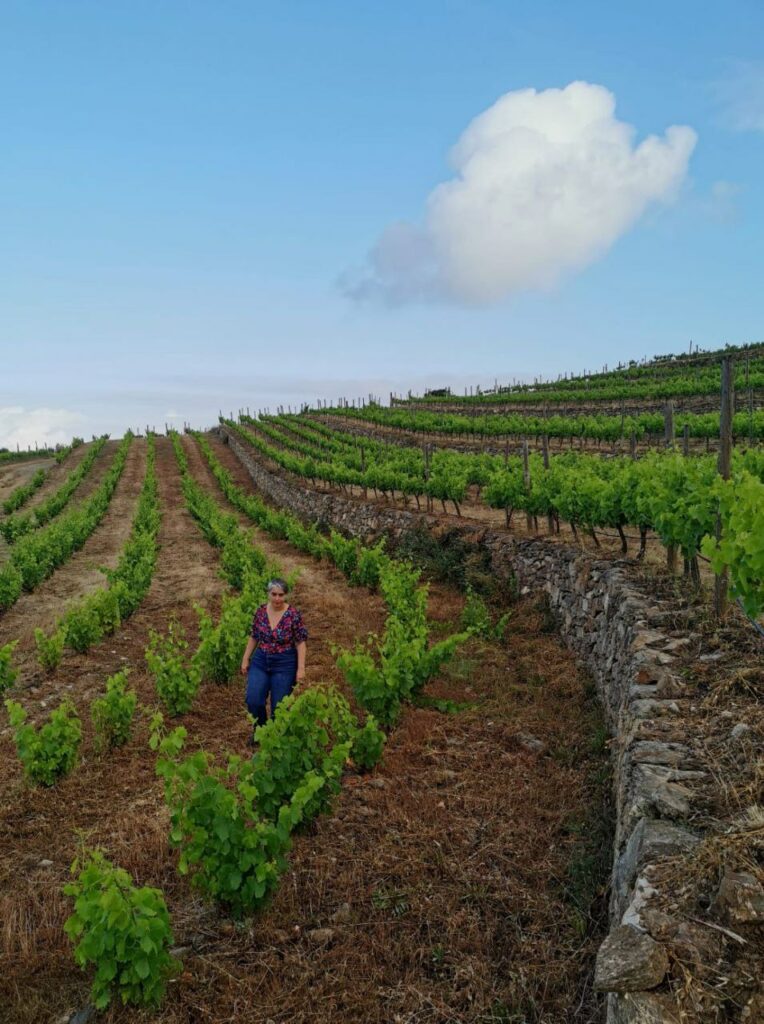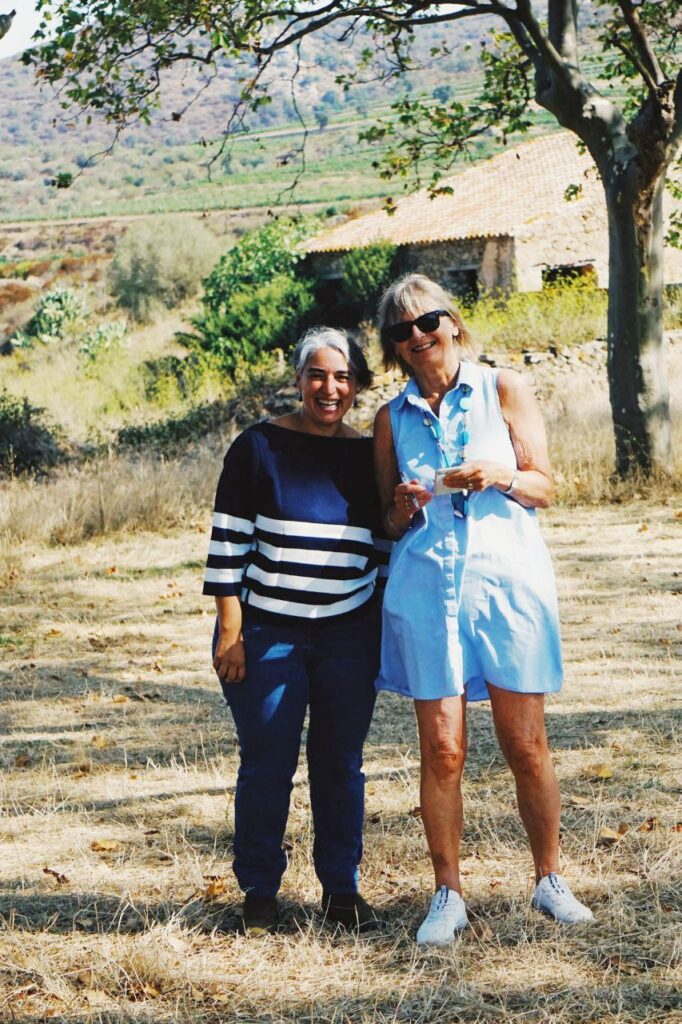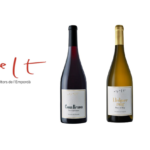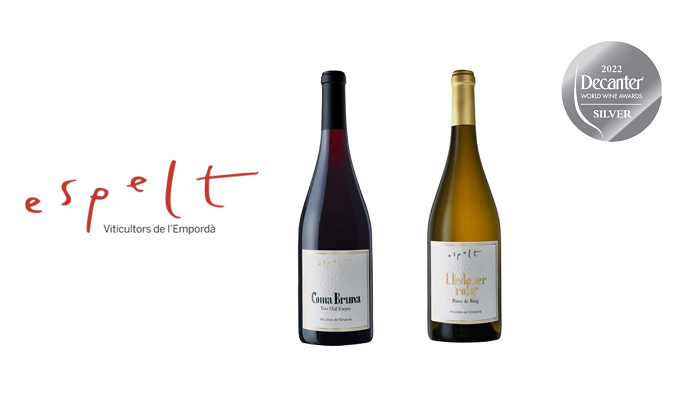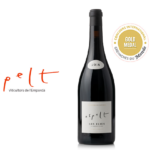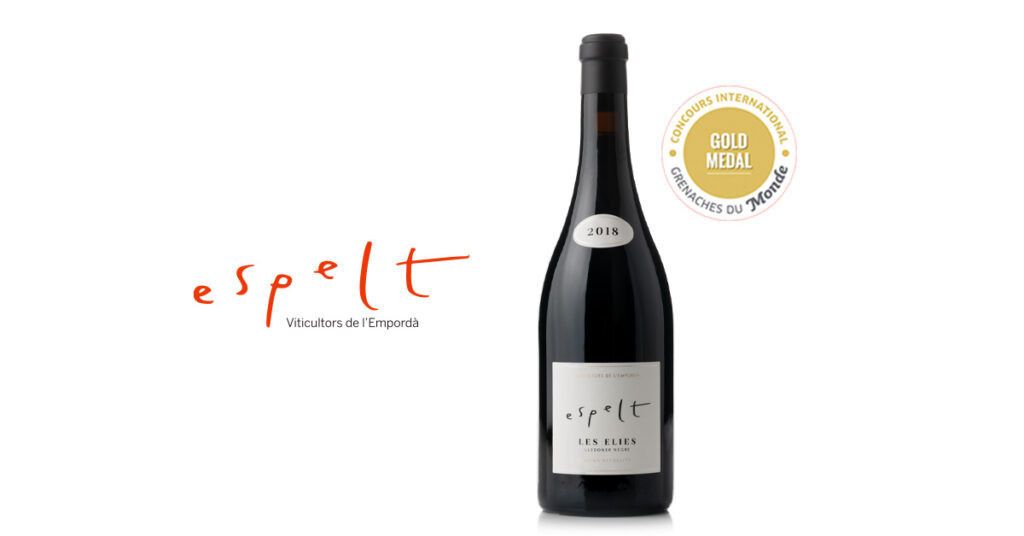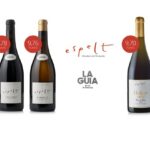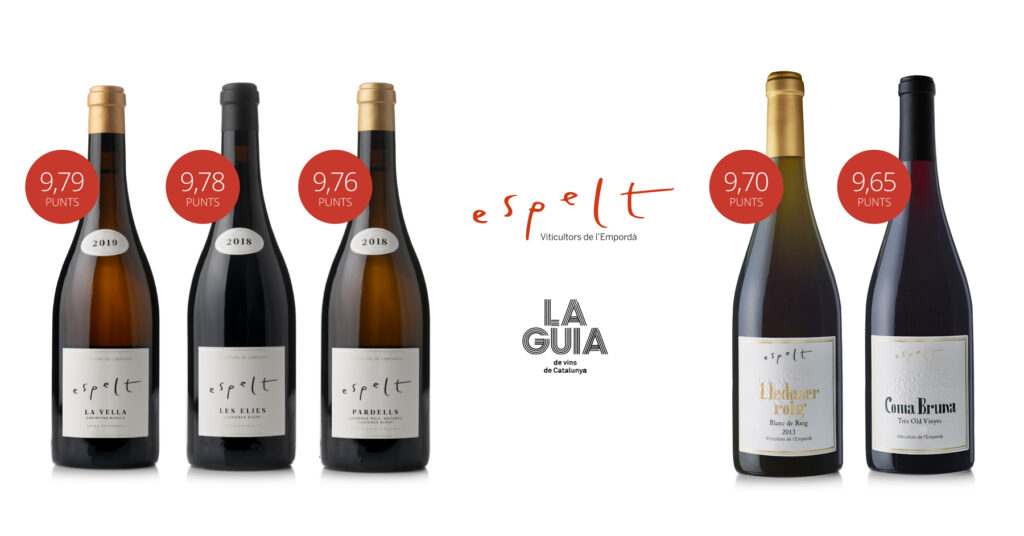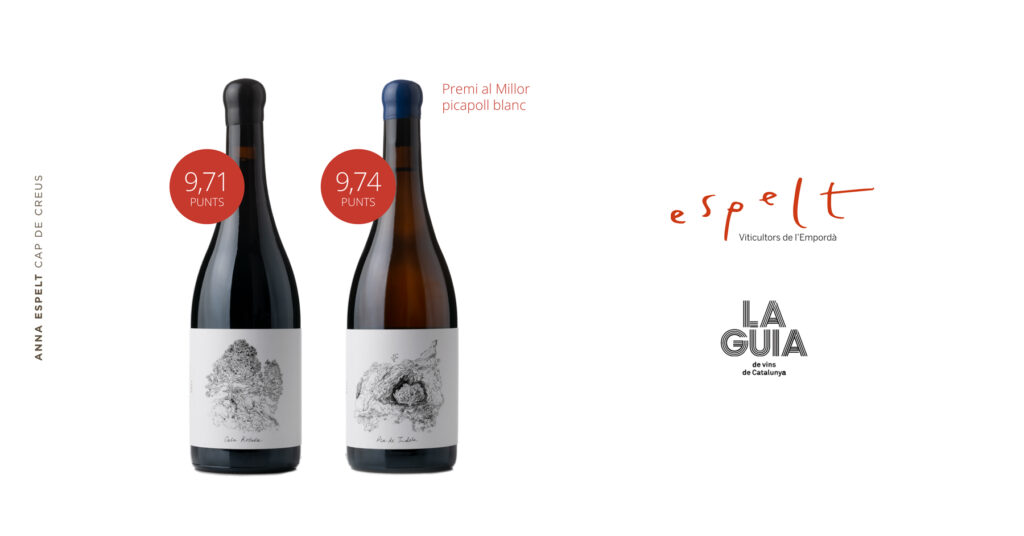Espelt Viticultors has obtained exceptional scores in the prestigious Guía Peñín 2025, reaffirming its position as a benchmark in the world of Catalan wine. This recognition is the result of the constant effort and passion for the vineyard and the territory that define our way of understanding wine.
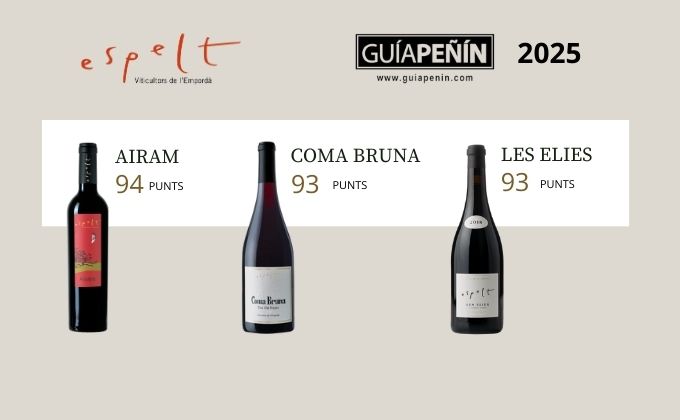
Among the most outstanding wines, we find Les Elies 2020 and Coma Bruna 2018, both with an excellent score of 93 points. These wines reflect superior quality and care in every detail of the production process, from grape selection to aging in the cellar. Les Elies 2020, grapes chosen from the best grenache of each vintage, stands out for its aromatic intensity and an elegant structure that seduces the palate. Coma Bruna 2018, red Carignan from centuries-old vines on shale soils in Rabós, is a pure expression of the character of the winery, with a depth and richness that make it unique.
6 wines on the top
Lledoner Roig 2021 and Terres Negres 2020, both with 92 points each, are two of our emblematic vines, which describe the Empordan terroir. Lledoner Roig 2021 is a white wine made by gray grenache that surprises with its lively and Finnish nature, while Terres Negres 2020 is presented with a depth and intensity that reflects the richness of its origin.
Pardells 2019, with 91 points, is an excellent example of the diversity and quality of Espelt’s production. A more robust and complex wine, ideal for special moments, with a coupage of more than 9 varietals from a single plot of vinyes velles de Rabós: white and red carinyena, white and grey grenache, clairette blanche and four varietats more in minimum proportions.
Finally, the best score has been obtained by Airam, who has achieved an impressive score of 94 points. This vi represents our relationships and the knowledge that we have acquired thanks to a family dedicated to viticulture and wine, for many generations. Airam is a wine that has matured with elegance, offering exceptional complexity and depth, an authentic treasure for lovers of this Empordan sweet garnatxa.
In short, the scores of the Peñín Guide 2025 do not just recognize the quality of our wines in the DO Empordà, but they also celebrate the dedication and passion that we possess in each vial. We want to specially thank you our top staff in viticulture, oenology and cellar who made this possible.
